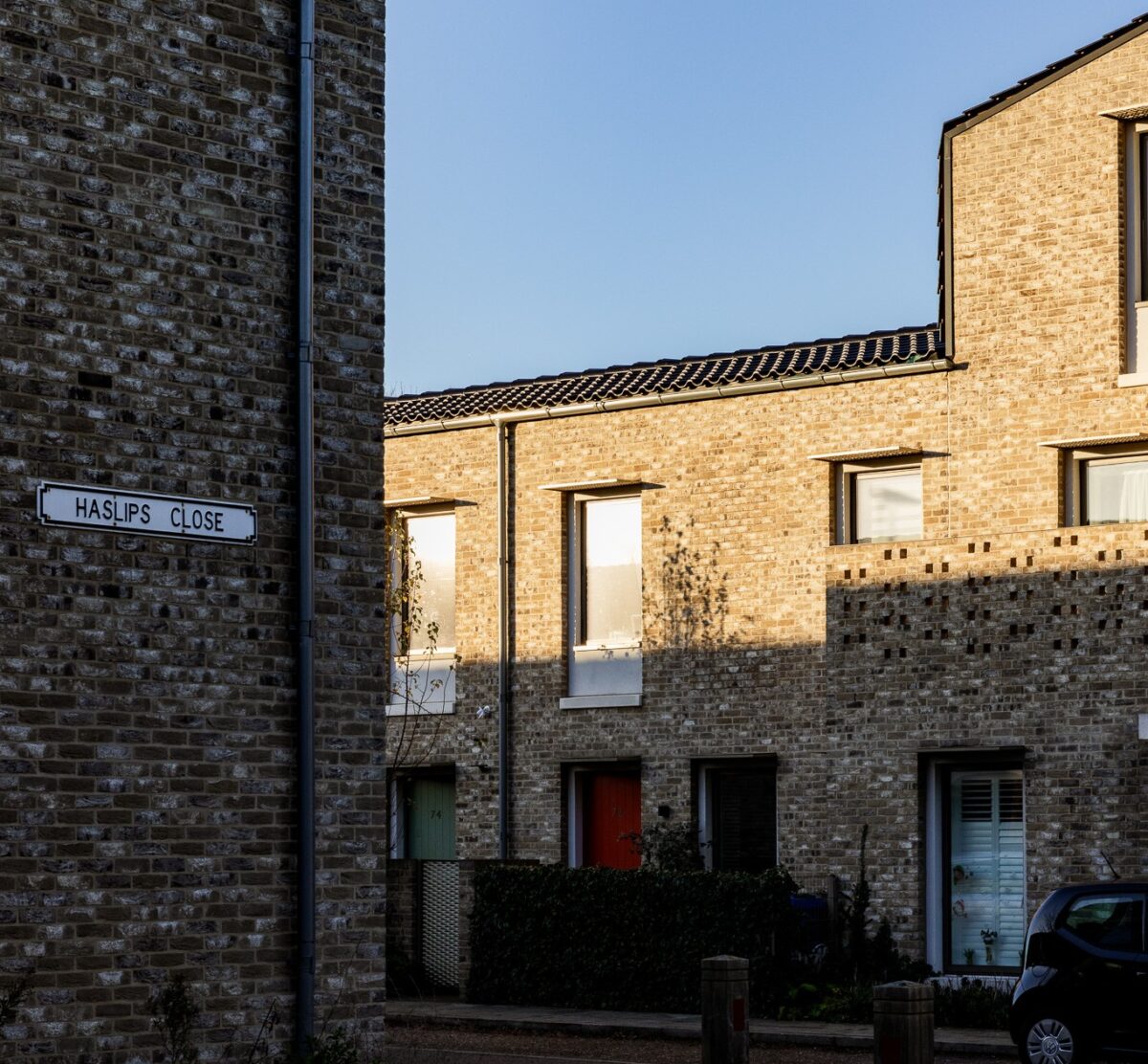Goldsmith Street - How Norwich City Council Brought Quality Back to Social Housing
Public Practice
What if social housing wasn’t just about numbers, but about dignity, sustainability and community? Norwich’s Goldsmith Street shows it’s possible.
Earlier this year, Clare Goff wrote an inspiring case study for Public Notice magazine about Norwich’s ambitions to bring quality back to social housing. The following contains extracts taken from her original article, available to read in full online: https://www.publicpractice.org.uk/magazine-article/east-anglian-dreams
The Goldsmith Street development comprises 93 Passivhaus homes spread across seven blocks[1] in simple rows inspired by traditional terraced housing. With this development, Norwich City Council took bold action to deliver 100% social housing, and it became the first social housing project to win the RIBA’s Stirling prize in 2019.

When it came to Goldsmith Street, Norwich City Council took a refreshing approach; their design brief invited proposals for a scheme that combined quality, sustainability, and community, as well as density. Clare described how Mikhail Riches, the appointed architectural practice, focused their design on delivering “a dense housing scheme to the highest sustainable standards, minimising car use and maximising community integration and children’s play. The council was also keen to exceed sustainability targets, not only for ecological reasons but also driven by pressing financial concerns of its housing tenants because, at the time, 13%[2] of homes in the city were in fuel poverty[3]”.
Clare explains how the results from a recent evaluation of a local Passivhaus scheme had impressed Andrew Turnball, development strategy manager at Norwich City Council, and the project manager for this site. “While the costs for incorporating Passivhaus were up to 10% more than traditional construction standards, the consequential social and environmental impacts meant savings further down the line. These decisions meant that future residents living on Goldsmith Street would save a minimum of 70%[4] on their fuel[5].”
Incorporating spaces designed for play, community, and resilience was key to this development. The need for space and freedom to play is acutely felt in Norwich, where a third of children now live in poverty. Interconnected spaces were woven through the design; “the ginneys that run behind the terraced homes on the Goldsmith Street scheme - and the low number of cars - have created natural spaces for play and community[6]”.

As Clare put it, “Goldsmith Street is a revival of the city’s strong tradition in council housing. It demonstrates that high-quality housing can be built within budget and, if stewarded well by the council, can meet social, economic and ecological outcomes. Most importantly the council has brought quality back to social housing. As one of the residents said: “someone did care that I liked my home. That means a lot to me[7].”
Through ambitious leadership, a proactive planning brief, and a refusal to compromise on quality, the council challenged assumptions about what social housing can and should be. Goldsmith Street proves that change in placemaking starts from within—and that local government has the power to lead by example.

Photo credit: Nikolas Dost
[1] Goldsmith Street, Passivhaus Trust, 2019
[2] ‘ECO Flexible Eligibility - Statement of Intent’, Norwich City Council, October 2019
[3] ‘East Anglian Dreams’ by Clare Goff, Public Notice, 2025
[4] ‘I’ve seen the future and it’s Norwich: the energy saving, social housing revolution’, The Guardian, July 2019
[5] ‘East Anglian Dreams’ by Clare Goff, Public Notice, 2025
[6] ‘East Anglian Dreams’ by Clare Goff, Public Notice, 2025
[7] ‘East Anglian Dreams’ by Clare Goff, Public Notice, 2025

